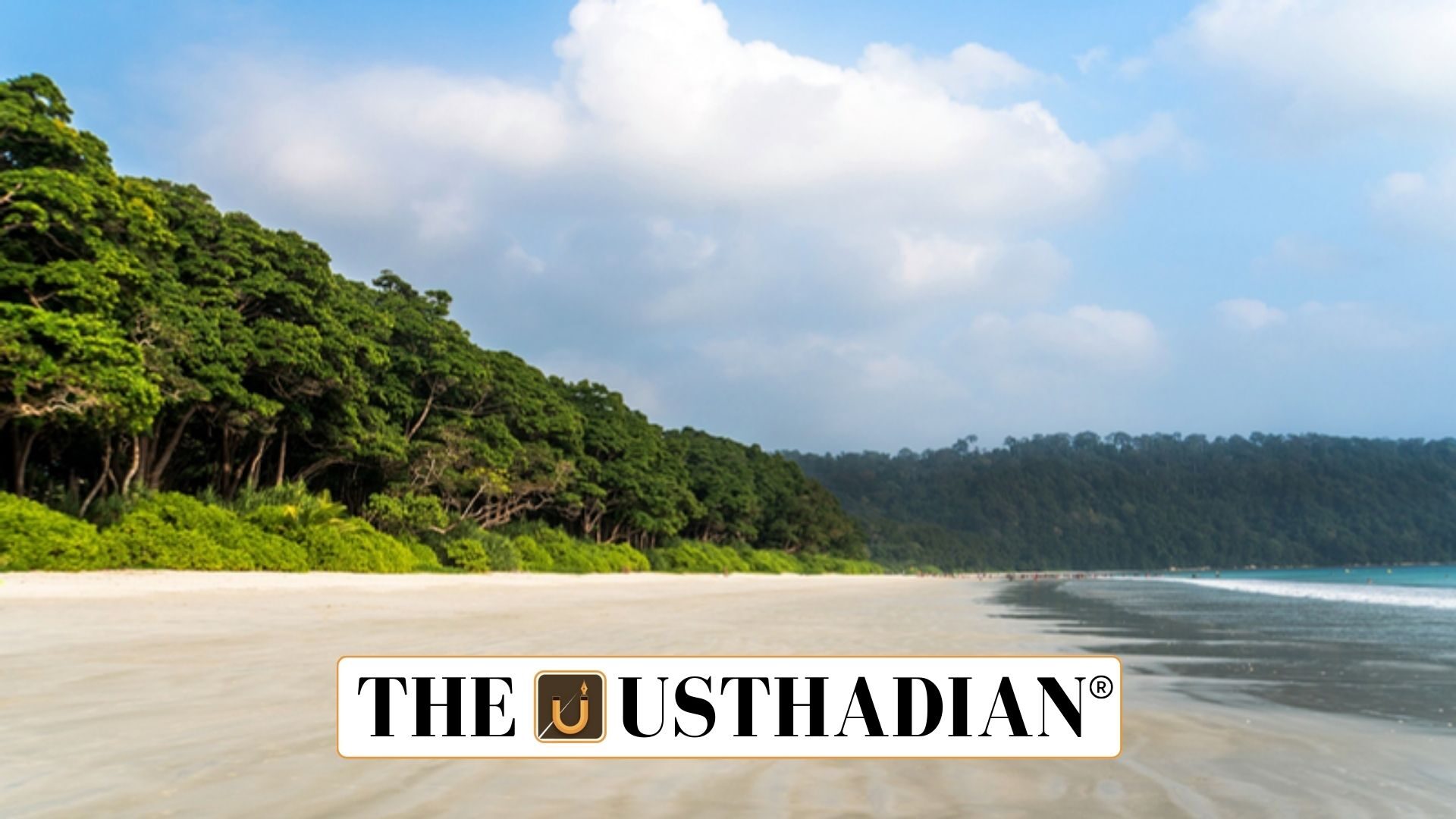Great Nicobar Island Project overview
Tribal Rights and Development Challenges in Great Nicobar Island Project: The Great Nicobar Island Project (GNIP) is a flagship initiative under the Holistic Development of Islands program. It aims to transform the southernmost island into a major economic and strategic hub. In 2022, the project received in-principle forest clearance and environmental clearance.
The nodal body for the project is NITI Aayog, with implementation through the Andaman and Nicobar Islands Integrated Development Corporation (ANIIDCO). Around 130.75 sq km of forest land is being diverted, of which nearly 50% is reserved for green development without tree felling.
Key infrastructure projects
The GNIP plan includes an International Container Transshipment Terminal (ICTT) at Galathea Bay, a greenfield international airport, a modern township, and a 450 MVA gas and solar-based power plant. These projects are expected to boost trade connectivity, logistics, and regional security.
Static GK fact: The Andaman and Nicobar Islands are strategically located near the Malacca Strait, a vital global shipping route.
Concerns on tribal rights
The island is home to the Shompens, a Particularly Vulnerable Tribal Group (PVTG), and the Nicobarese. Local tribal councils have raised concerns that their rights under the Forest Rights Act (2006) have not been fully identified and settled.
The Forest Rights Act (FRA) recognizes both individual rights and community rights of forest dwellers. For PVTGs, these rights include not only habitation but also social, cultural, spiritual, and economic spaces. Ensuring recognition before project implementation is critical to avoid displacement and cultural disruption.
Static GK fact: India has 75 notified PVTGs, including the Shompens and Onges of the Andaman and Nicobar Islands.
Ecological challenges
Galathea Bay, a focal point of the project, is a critical biodiversity hotspot. It is among the world’s most important nesting grounds of the endangered Leatherback Turtles. The bay also shelters the Nicobar Megapode, a ground-dwelling bird listed under Schedule I of the Wildlife Protection Act, 1972.
Large-scale diversion of forest land poses risks to these fragile ecosystems. Balancing infrastructure with biodiversity protection is therefore a central challenge.
Static GK Tip: The Wildlife Protection Act, 1972, provides six schedules, with Schedule I species enjoying the highest level of protection.
Forest Rights Act significance
The Scheduled Tribes and Other Traditional Forest Dwellers (Recognition of Forest Rights) Act, 2006 was enacted to undo historical injustices. It empowers communities through rights to land, forest produce, and community tenures. District-level Forest Rights Committees play a key role in verifying claims and ensuring compliance.
In the context of GNIP, proper settlement of rights is essential before proceeding with large-scale development. The Centre’s recent directive to seek a report on tribal concerns highlights the importance of balancing development with justice.
Static Usthadian Current Affairs Table
Tribal Rights and Development Challenges in Great Nicobar Island Project:
| Topic | Detail |
| Project name | Great Nicobar Island Project (GNIP) |
| Clearance year | 2022 (forest and environmental clearance) |
| Nodal agency | NITI Aayog |
| Implementing body | ANIIDCO |
| Area diverted | 130.75 sq km forest land |
| Major components | ICTT at Galathea Bay, airport, township, power plant |
| PVTGs affected | Shompens and Nicobarese |
| Biodiversity concerns | Leatherback Turtles and Nicobar Megapode |
| FRA enactment year | 2006 |
| Strategic location | Near Malacca Strait |








